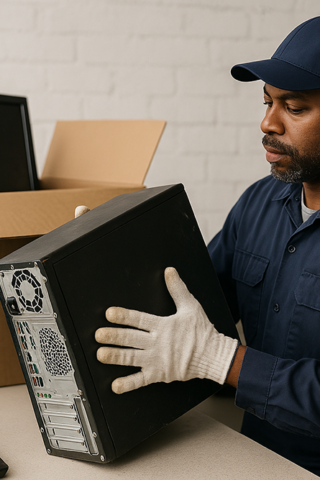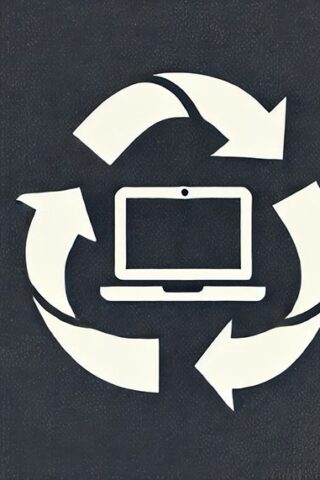NetWorkWorld, DATA CENTER EXPLORER , By Andy Patrizio, Network World | NOV 16, 2020 12:00 AM PST
IT has typically shunned the market for secondhand IT equipment, but younger staff members are driving green policies that include buying used IT gear.
The millennial generation is becoming a driving force behind the circular economy of used IT equipment.
IT shops have typically bought used gear if they needed to replace old equipment and couldn’t get parts from the vendor. But the idea of buying a low-mileage server with one or two years of use wasn’t very popular. Companies typically bought new.
But that’s changing. IT shops of all sizes are increasingly buying used gear, both brand name and white box brands from China, according to IDC. The research firm puts the CAGR at 5% and estimates sales of used IT infrastructure gear will reach $36 billion by 2024. The deals are being done through the major OEMs as well as resellers like ITRenew, which buys servers from hyperscalers, refreshes them, certifies they are functioning, and resells them.








